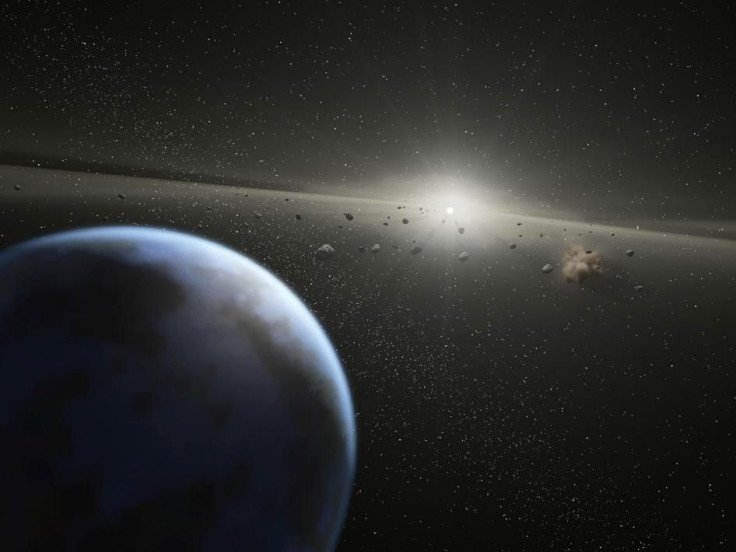NASA: Three Asteroids Including City-Killer NEO Currently Headed For Earth

KEY POINTS
- NASA detected three asteroids that are currently headed for Earth
- All three asteroids have orbits that intersect Earth's path
- One of the approaching asteroids is big enough to destroy a major city
NASA’s automated asteroid tracking system is monitoring three space rocks that will approach Earth tomorrow. One of the incoming asteroids has been labeled potentially hazardous since it could cause serious damage to the planet during an impact event.
The first asteroid that’s set to fly past Earth is called 2020 AL2. According to NASA’s Center for Near-Earth Object Studies (CNEOS), this asteroid will fly past Earth at speeds of over 55,000 miles per hour. The agency estimated that it has a diameter of about 147 feet.
Trailing behind 2020 AL2 is an asteroid known as 2019 YF4. As indicated in CNEOS’ database, this asteroid measures about 79 feet wide. It is currently moving across space towards Earth at a speed of over 6,000 miles per hour.
The last asteroid that will approach Earth tomorrow is called 2019 UO. As the biggest asteroid in the group, it has an estimated diameter of 1,804 feet. It is the largest asteroid that will approach Earth this month. CNEOS noted that it is currently traveling at speeds of about 21,000 miles per hour.
All three asteroids have been classified as Apollos. Similar to other members of the Apollo family of asteroids, 2020 AL2, 2019 YF4 and 2019 UO follow wide orbits within the Solar System. Occasionally, their orbits intersect that of Earth as the planet moves around the Sun.
Out of these three asteroids, 2019 UO is the only one that has been labeled as potentially hazardous. This is because in addition to making near-Earth approaches, the asteroid is big enough to cause high levels of destruction if it were to hit the planet. The energy that would be released from its explosion would be powerful enough to take out an entire city.
As noted by CNEOS, all three asteroids will fly past Earth on Jan. 10. 2020 AL2 will be the first to arrive at 1:10 am EST. During this time, the asteroid will be about 0.01593 astronomical units or roughly 1.5 million miles away.
Next, 2019 YF4 will approach the planet tomorrow at 4:25 am EST from a distance of 0.00954 astronomical units or about 887,000 miles away. On the other hand, 2019 UO will make its debut at 6:48 pm EST. During its approach, it will be about 0.03021 astronomical units or around 2.8 million miles from the planet’s center.
© Copyright IBTimes 2025. All rights reserved.




















